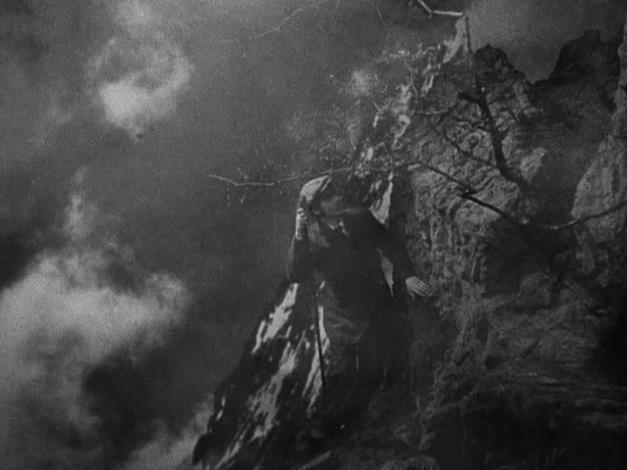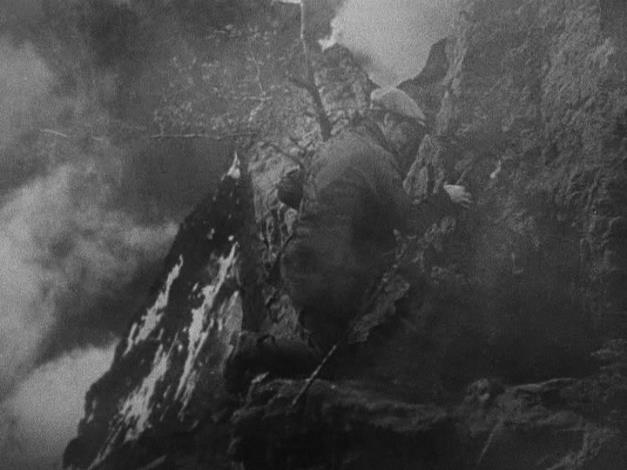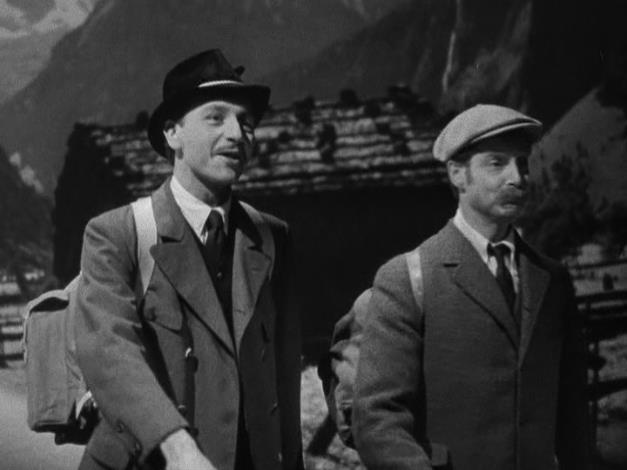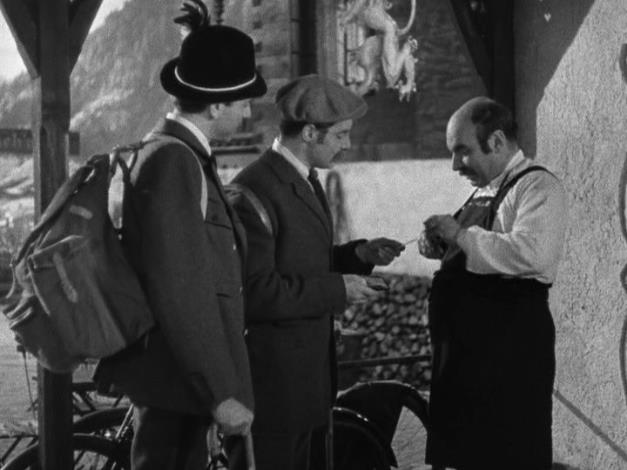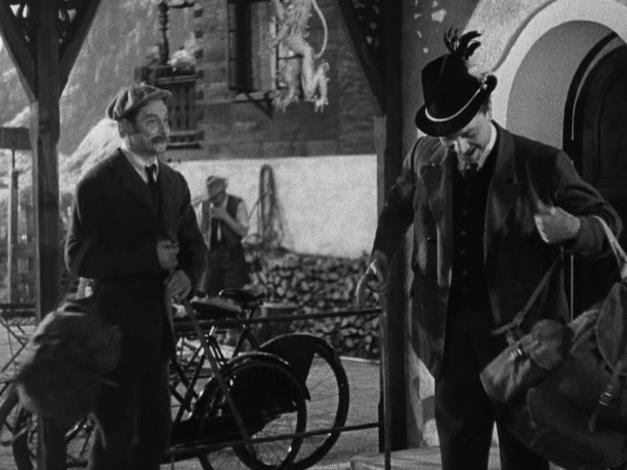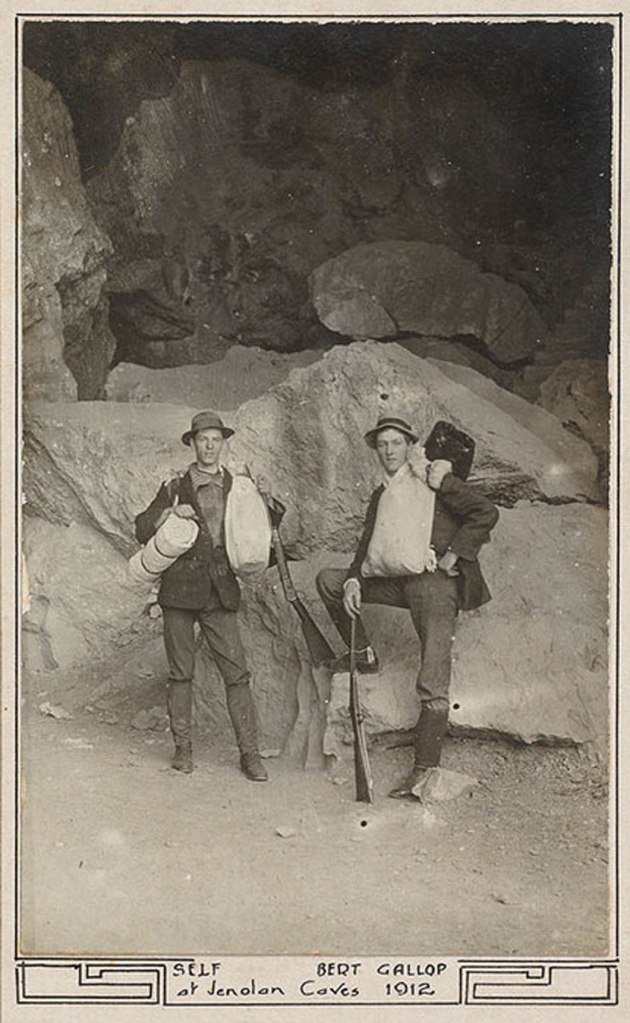Alistair-L
New in Town
- Messages
- 19
Hello this is my first post and glad to be here!I was wondering.I am wanting to assemble a basic attire on what hikers or climbers wore in the early 20th century.I was wanting to know what pieces of gear,clothing,ect. that would of been appropriate for that time.Items I am interesting in are the equipment,hats or headgear,jackets,and clothing.I would love to learn more and share it here once everything is obtained.
Thank you
Thank you




